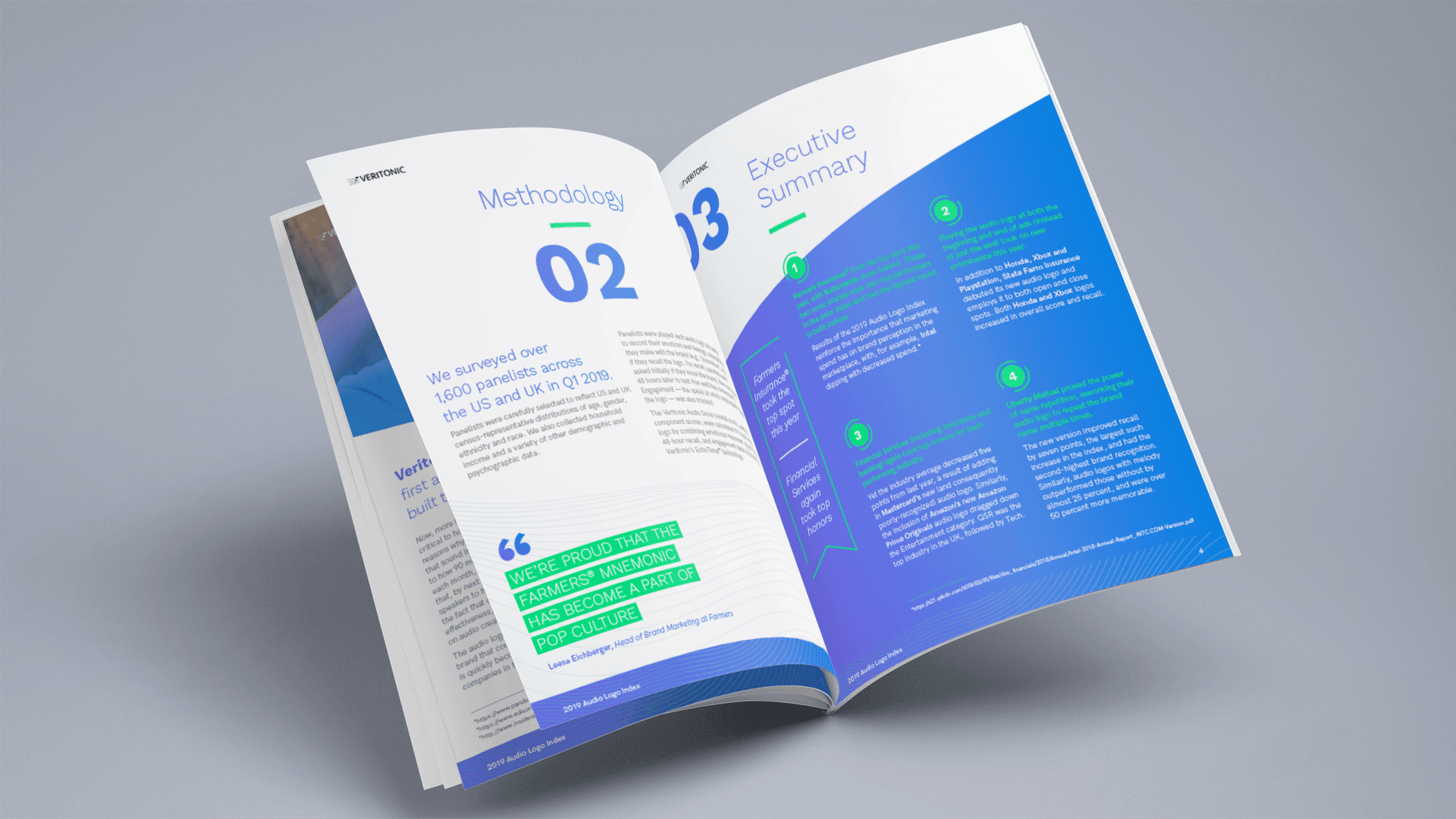Building Systems that Scale
We recently launched the 2019 Audio Logo Index - an analysis of the top audio logos in the United States and United Kingdom - to help brands understand how their audio logos stack up against the broader industry, and gauge emotional resonance and memorability in a general population audience.

The launch was well received, with a ton of industry interest and media coverage.
But the project initially presented a unique challenge in that it spanned virtually every role and discipline of the company in scope (Marketing, Business Development, Operations, Design, and Engineering).
Most big projects in an organization will inevitably be cross-discipline to some extent, requiring the collaboration of many different roles to facilitate the project.
You need to understand the needs of the end users (in our case marketing/sales fielding inbound prospects), spec the technical requirements of the product/project, and finally design, build, and test with close collaboration among the design team, engineering team, and end user.
The Audio Logo Index uniquely required active participation and contribution from everyone.
And along the way, we discovered a number of processes that were prime candidates for automation. We realized that we could optimize the cataloguing and management of our inbound leads substantially.
Prior to this, we relied on a mostly manual system of organizing leads from different sources into our CRM. We had landing pages, contact forms, and one-off demos and resources like the Audio Logo Index that all required separate attention to record and export.
While this works for a small team with occasional inbound, it does not work at scale.
Since then, we've consolidated all of our inbound leads into a single, comprehensive admin dashboard to review and easily export to the CRM platform.
This caused a bit of scope creep from the initial project spec, but the increase in efficiency from optimizing the system to work automatically at any scale was well worth the effort.
After the success of the Audio Logo Index project, I looked to other repetitive processes that could be systemized and automated.
Another such project was our monthly email newsletter. Since each newsletter has uniquely curated content for that month, they require a high degree of manual setup.
And like the scope of the Audio Logo Index, the content and execution of each newsletter may span multiple disciplines (sales, marketing, and product).
While the content itself is not easily automated, as the source may not be consistent (blog post one month, link to news article or product announcement the next), the process in which the content is curated among the team members involved can be systemized to ensure the letter is drafted, built, and sent as efficiently as possible.
We'll kick off the month of May in this fashion with a newsletter produced on top of a scalable, repeatable system.
In this system, we broke down every step leading up to the launch by task, and assigned each task an owner and completion timeframe. Sourcing the content, writing the draft, and building the template are now sequenced in lockstep to avoid unnecessary back and forth. The finished newsletter is then scheduled two days in advance to be sent automatically on launch day (which also provides breathing room for emergency edits).
With this procedure, our team can compile the individual manual tasks into a repeatable system and build a uniquely curated resource with maximal efficiency.
In a small but growing startup team like ours, building systems and automating the consistently repetitive processes frees up human capital for more outside-the-box thinking that helps the company grow on top of a scalable foundation.
Building systems that work for you really is the only way to scale.